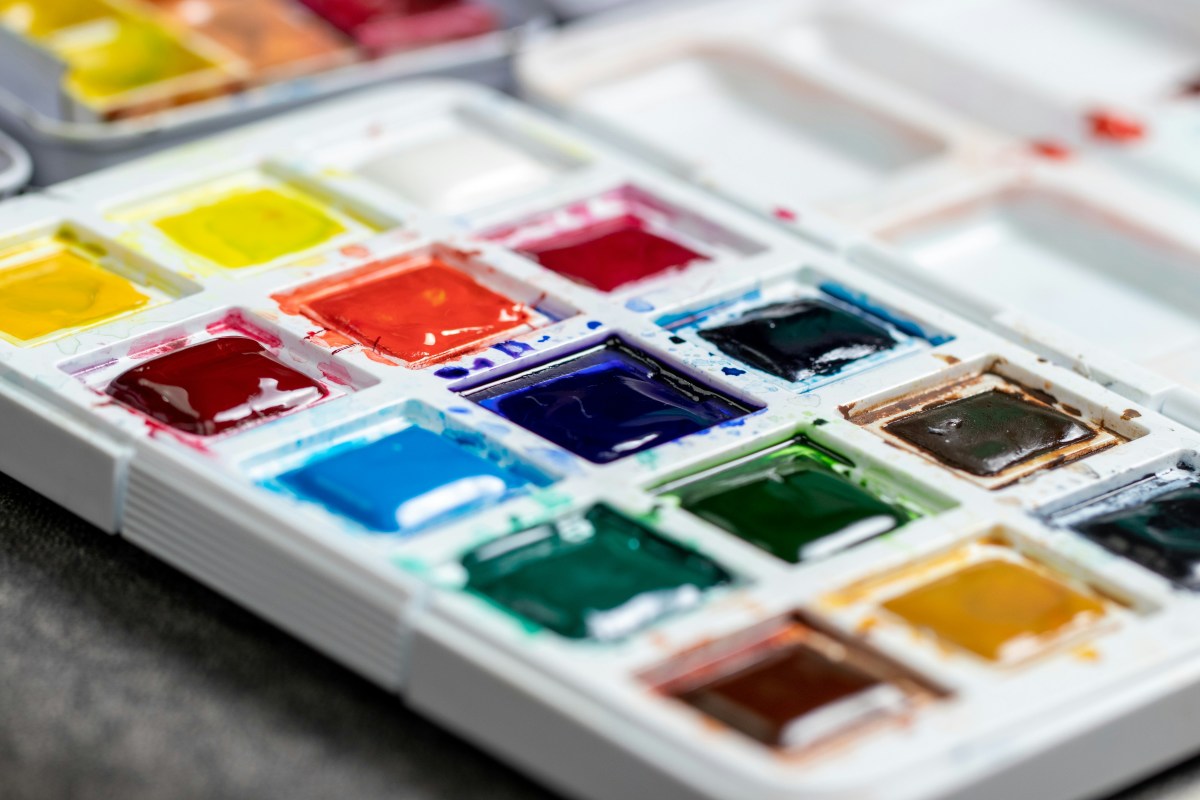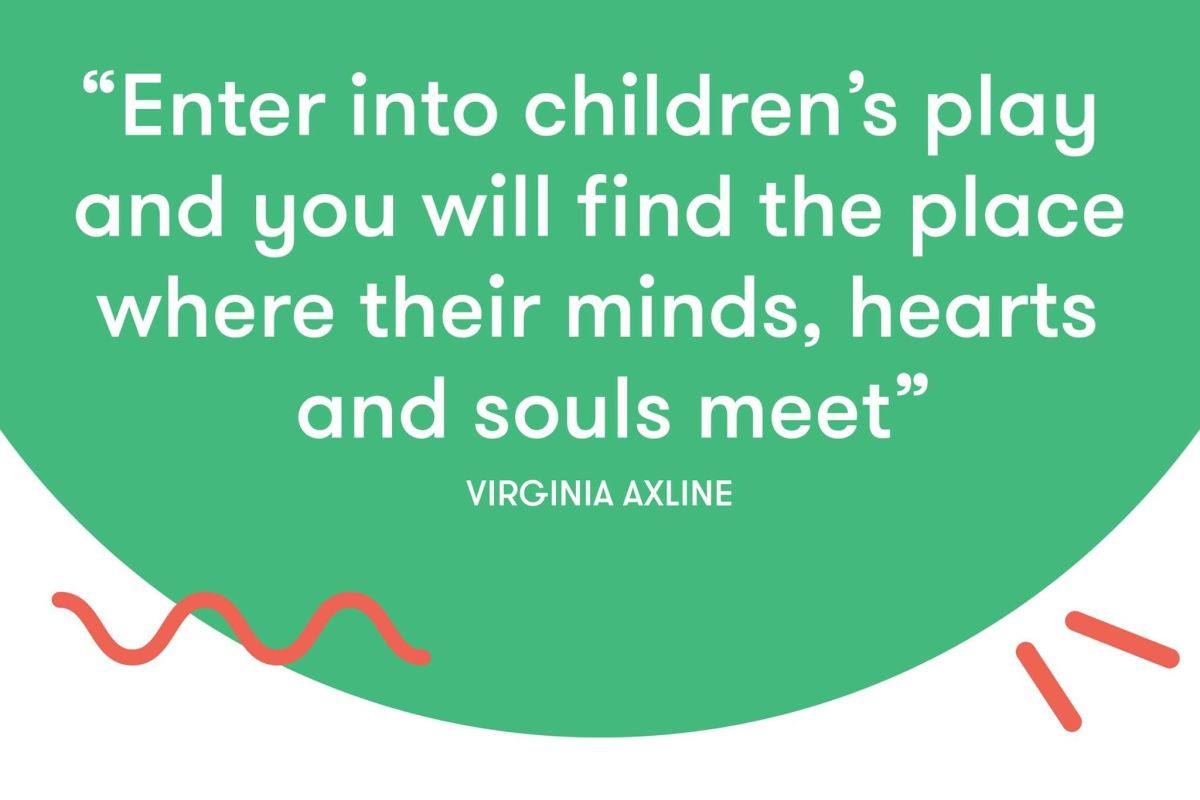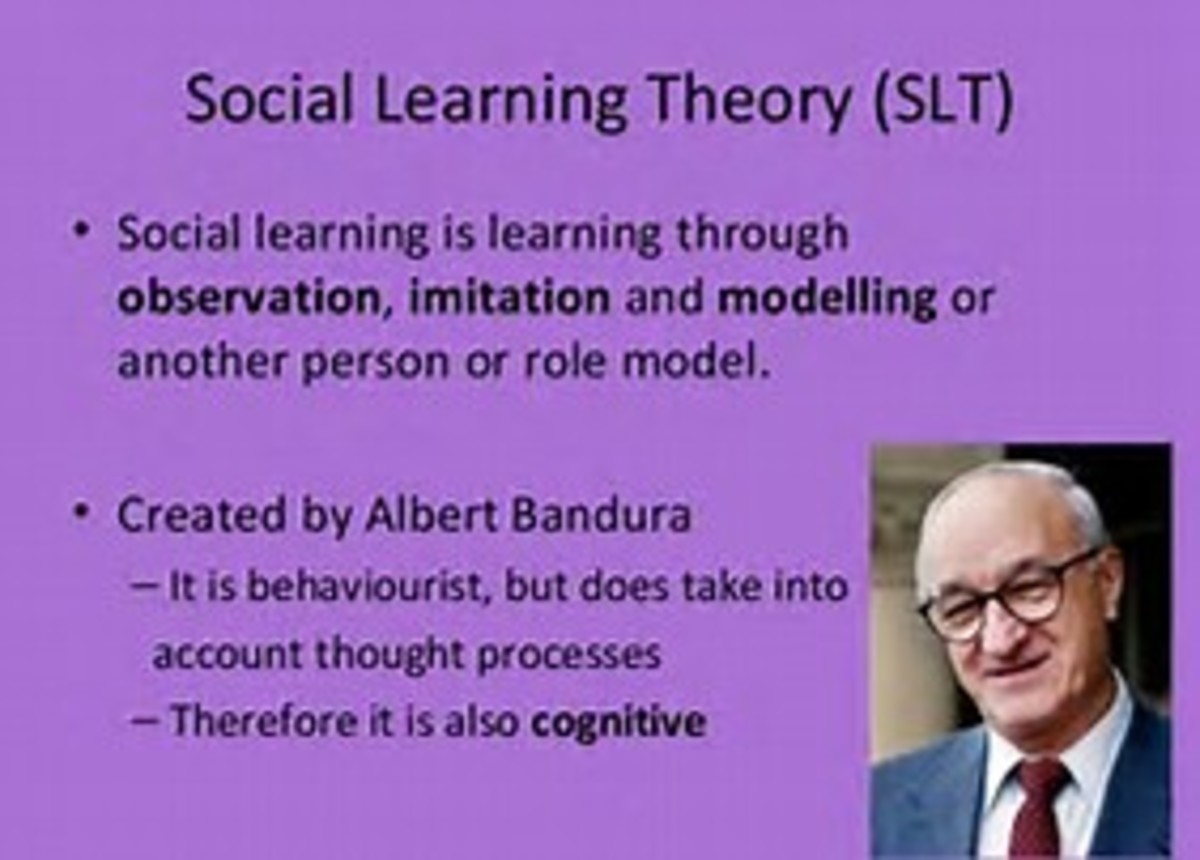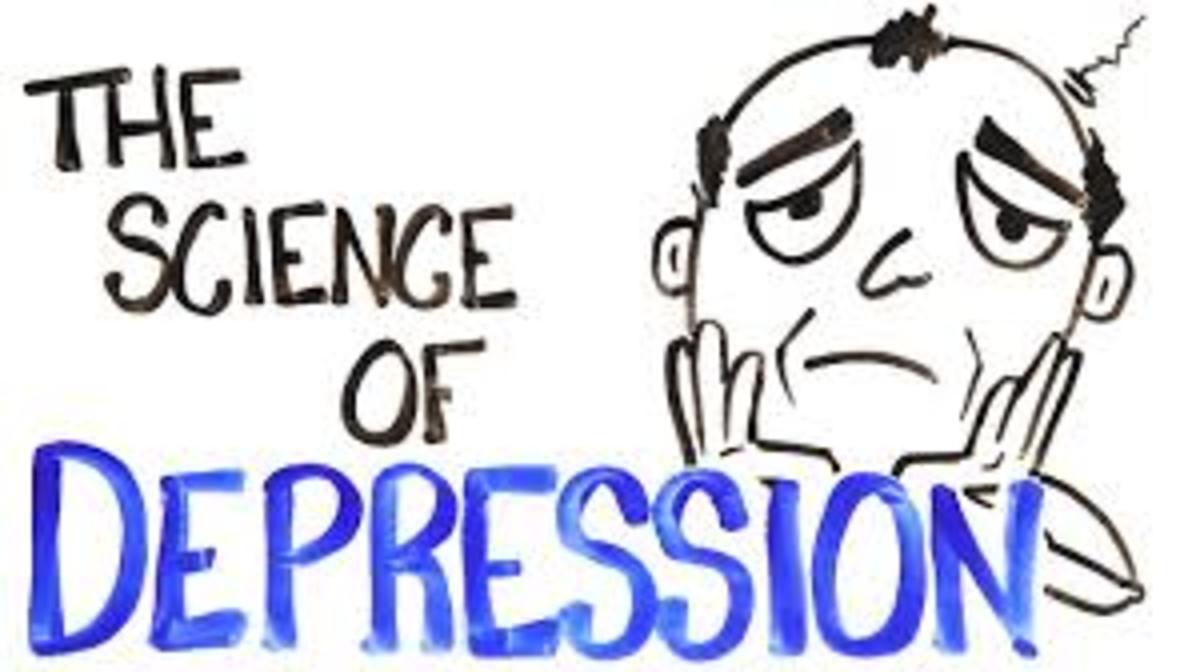Art Therapy as a Career and Practice
What is art therapy?
Since early man scratched crude images on cave walls, art has been a way to add beauty and meaning to our lives. For the artist, creating is a means of expression—a way to offer a tiny peek into one’s soul. Art is a language without words communicating hopes, dreams and sometimes fears. It becomes a voice when words will not suffice. It shows us a new way of looking at life while adding beauty and value to our existence.
Art has also become a means for psychological exploration and healing. Scientific studies reveal that art affects healing by changing a person's attitude from one of stress to deep relaxation. Art affects a person's autonomic nervous system, their hormonal balance and brain neurotransmitters. Armed with this knowledge, therapists have begun to incorporate clay, paint, markers, and chalk as tools for coping with stress, working through traumatic experiences or improving relationships with family and friends. Professionals trained in both art and therapy utilizes the creative process in conjunction with traditional psychological techniques to enhance the counseling experience. Art Therapy is the term used to describe this process.
Art is used in a psychological setting for two primary reasons: 1.) the creative process is therapeutic, and creating art is an activity that promotes healing. It emphasizes the act of creating as a therapeutic process; 2.) Art is a form of language—a context for the expression of emotions and conflicts. It focuses on the meaning of art as a tool for understanding.
Learn more about art therapy with products from Amazon.com
Art therapy as a process
There is an endless variety of methods for using art as a tool for healing, and each client represents a unique challenge for the therapist. The first task is to create a safe, relaxed atmosphere in which a client can engage in creative projects. Assignments are then suggested to provide structure and a basis for evaluation. The goal is to encourage an honest expression of emotions; art therapy is not art instruction. Frequently feelings will be expressed through the manner in which tools are utilized. For example, bold brush strokes or vigorous work with clay suggests different thoughts than carefully controlled lines and patterns. All are valid and offer insights into the artist’s feelings, and a therapist must be alert for clues that indicate what a client is experiencing. The expression of emotions is encouraged through continuation of the creative process, and discussion ensues when appropriate. Patients are encouraged to keep their art and reflect on its meaning at a later time. It becomes the starting point for a thorough analysis of their feelings.
The purpose of art therapy is to promote the mental and emotional health of a patient, but it is not a happiness pill. Psychologists don’t set out paper and markers, sit back and expect patients to draw for an hour and feel better. Art therapy is a discipline requiring years of study and practice to utilize effectively.
Art Therapy Ideas and Projects
There are an infinite number of ways the practice and appreciation of art can be used in the therapeutic process. For example, it can be used to express love and devotion, similar to making a Valentine's Day card. Hand-drawn wrapping for gifts can be a means to work through holiday stresses surrounding gift giving or finances. Stress paintings, emotion wheels, journals and drawing pads are all tools therapists encourage clients to use in dealing with emotions. Counselors suggest drawing the perfect day, freedom or spiritual experiences to express happiness. Therapists offer self portraits as a means to explore self-image, hopes for the future, a coat of arms to identify strengths, and many more powerful ideas. There are myriad ways to use creating art to identify and analyze feelings. It is such a diverse and powerful tool, and its increased use in therapeutic settings is exciting.
The look of therapy
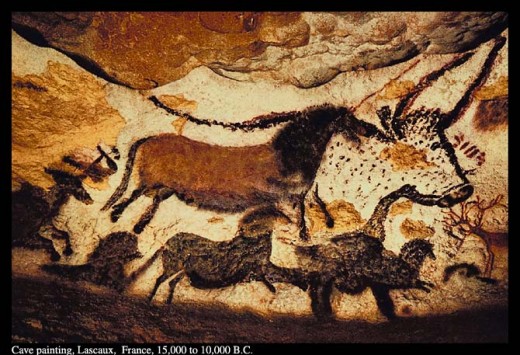
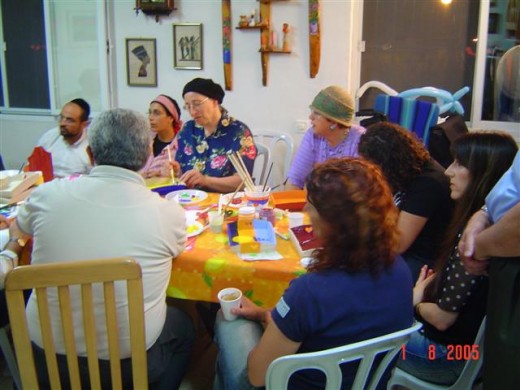




Art therapy training, certification and career opportunities
Training and certification
An increasing number of universities in the United States offer degrees in art therapy. Colleges without an art therapy program frequently link art therapy to other disciplines in art, education or psychology. Many professionals consider those with artistic ability better suited to successfully utilize art therapy in their profession, but the requisite training and education emphasizes counseling and psychology. Certified art therapists typically hold at least a masters-level degree in art therapy or a related field. They are skilled in the application of a variety of artistic styles and processes (drawing, painting, sculpture, and other media) for assessment and treatment. Educational requirements include studies in the theories of art therapy, counseling, and psychotherapy; assessment and evaluation; individual, group, and family techniques; ethics and standards of practice; human and creative development; multicultural issues; and, practicum experiences in clinical, community, and/or other settings.
The American Art Therapy Association (AATA) regulates the educational, ethical & professional standards for this field in the United States. The Art Therapy Credentials Board (ATCB) is responsible for evaluating candidates and granting them registration as a professional art therapist. In the United States, art therapists may become Registered (ATR), Board Certified (ATR-BC), and in some states, licensed as an art therapist or creative arts therapist (LCAT). If you want to become a Board Certified art therapist in the United States, the ATCB requires you to pass a written exam and maintain credentials.
Art Therapy Jobs
Studying art therapy offers training that is useful in a variety of professions. Psychologists, counselors, social workers, nurses, teachers, doctors and hospice caregivers make use of art therapy in a variety of situations. For those uninterested in private practice, hospitals, clinics, and residential care facilities are usually the biggest employers of art therapists. Substance abuse centers are another place where jobs can be found. Educational institutions often employ art therapists to work with disabled students in special education programs. Jobs in higher education also include teaching and academic research. Perhaps the most practical use of an art therapy background can be made by artists themselves. Artists have often created for cathartic reasons, frequently without understanding why. To comprehend the physical and psychological value of creativity can allow artists to trust their own thinking and express themselves in new ways.
Anyone interested in art therapy as a career should consider supplementing their formal training with volunteer work. The nature of using artwork as a tool for therapy (or self-exploration) frequently requires working outside the office. Art therapists commonly conduct workshops or seminars in a studio setting that requires assistance to manage. Volunteers are usually asked to help create and operate art groups for clients of all ages. They are expected to demonstrate art tools and processes, and must be capable of communicating in a relaxed and compassionate manner. As with any field of endeavor, volunteer work is a practical way to gain knowledge and experience.
A rational use for art
Art affects every cell in the body to create a healing physiology that changes the immune system and blood flow to all the organs. Art also changes a person’s attitude, emotional state, and pain perception. It transforms one’s outlook and way of viewing the world. An enhanced understanding of this process allows art to be used more fully in the treatment of physical and emotional distress and trauma.
Art therapy has been used with bone marrow transplant patients, people with eating disorders, emotionally impaired young people, disabled people, the chronically ill, chemically addicted individuals, sexually abused adolescents, caregivers of cancer patients, and others. It has also been used to engage and distract patients whose illnesses or treatments cause pain. In spite of its variety of uses amongst a broad spectrum of patients, art therapy has only recently begun to receive acceptance from the psychological community. The validation of art as a means for understanding human nature is logical; art has offered a mirror to the human situation for centuries. We have always used art to describe ourselves and our world. The depiction of beauty, mundane life, historical events and spiritual beliefs all provide insights into our perception of reality. It makes sense to use the images we create to understand ourselves better. It will only be natural to integrate the creative process into more and more aspects of our lives and careers in the future. It will be good for everyone.

Read more articles about art and artists
- Why Do Artists Create?
As a writer and artist, I frequently deal with the frustrations associated with making the visions inside my head real. Writing poetry or fiction or creating a new oil painting often presents setbacks and... - Using a Creativity Journal
On Christmas Day I received a small book from a friend as a gift. I tore the shiny wrapping paper from my package to see what kind of book I was given, and was delighted to discover it was a journal. ... - At the Edge: A Painting in Words
I was recently challenged by a reader to describe one of my paintings with words. The idea was to convey the same meaning with words that I suggested through colors, textures and images. I was asked to place... - Why Do We Create Art?
There have been many folks on web sites, blogs, or Facebook pages that display artwork along with personal photos, including myself. I studied art at the University of Kansas, and have used art to progress... - What is Art? What is Not Art?
Recently I engaged in a conversation with a fellow alumnus of the University of Kansas School of Fine Arts, and we spent time comparing what we understood and appreciated about art, both as creators... - Art Trading Cards (ATC): the Latest Trend in Art
It started in Switzerland in 1997 and took several years to reach the United States, but Art Trading Cards (ATC) has become a part of the fine arts landscape. These small cards are intended to be traded... - Art Trading Cards (ATC), Collage and the Fear of Drawing
Ive been considering branching out into some types of art I dont ordinarily work in. I have been producing Art Trading Cards (ATC) recently, and my fascination for these tiny pieces of art have... - An Artistic Retrospective with Comic Heroes, TV Characters, Portraits, Landscapes and More
As a writer and artist, there are few topics I enjoy writing about more than art. It is exciting to look back on work Ive created over the years and examine what I like or dislikeor ponder what I... - A Brief Comparison of Aesthetic Objectivism, Relativism and Subjectivism
I was recently asked to define aesthetic relativism, objectivism and subjectivism and to offer pros and cons for each school of thought. Anyone struggling to understand art wonders why there are no... - Painting Versus Music--The Financial Dilemma
Why do musicians achieve fame and fortune in their lifetime, while visual artists struggle for notoriety and the financial independence to support their creative endeavors? What makes the Rolling Stones... - Basic Elements of Cartooning
Cartooning encompasses many essential elements of successful drawings, but is typically employed in an overly simplified manner. Some of the simplest, most effective drawings we see or make are done by... - Drawing the Classic Marvel and DC Comic Heroes
My childhood included a love for 60s and 70s Marvel and DC comics, and my ability to draw originates in part from studying the stories I read in those days. Marvel Comics offered Spider-Man, Thor,...






